What Mandatory Housing Affordability Means for Seattleites
In March 2019, the Seattle City Council unanimously approved a measure called Mandatory Housing Affordability (MHA), which upzones 27 neighborhoods in the region. Mayor Jenny Durkan quickly signed the measure into law and it is set to go into effect on April 19th. MHA’s main objective is to add affordable housing to the city through the allowance of taller single-family and multi-family residential projects. In all, city official estimates indicate that MHA will, at a minimum, provide 6,000 new affordable homes for low-income residents.
About MHA
MHA is not a new concept in Seattle, however this measure is much more sweeping than the one implemented in the past. Three years ago, the Council upzoned six Seattle neighborhoods: the University District, Chinatown-International District, Central Seattle, Downtown, Lower Queen Anne, and South Lake Union. When looking to expand neighborhoods the City of Seattle targeted neighborhoods with close proximity to transportation, jobs, and parks.
Regulations
There are two ways that developers and builders can adhere to the affordability requirements of MHA:
Performance Option: Depending on project size and specifications, 5 to 11 percent of the homes in a new building would be offered to low-income residents.
Payment Option: Rather than offer affordable homes in their project, developers will pay a fee ranging from $5.00 and $32.75 per square foot on their project.
The City of Seattle anticipates that there will be a balanced selection between the two options and will weigh outcomes beginning in September 2019, when Mayor Durkan will begin to receive performance reports. The city will leverage this data in considering program changes as MHA progresses.
The Neighborhoods
MHA impacts a number of Seattle neighborhoods but is primarily concentrated within urban settings and will only affect six percent of Seattle’s single-family neighborhoods. As Curbed Seattle outlines, a majority of the single-family areas “are going to residential small lot (RSL) zoning, which allows smaller, denser housing, but encourages keeping existing structures and turning them into multifamily housing for the same neighborhood look and feel.” Others will be considered Low Rise 1, which is similar to RSL in terms of height limit, but sometimes results in wider building structures.
The MHA measure reaches as far north as Bitter Lake Village, Northgate and Lake City, and extends southward to Greenwood-Phinney Ridge, Crown Hill, Green Lake and Ballard, toward Wallingford, Fremont, Eastlake and Upper Queen Anne, down through First Hill and Capitol Hill, Beacon Hill, Columbia City, Othello and Rainier Beach. Some West Seattle neighborhoods have also been selected, including Morgan Junction, West Seattle Junction and Admiral, among others. Seattle has released an interactive map detailing all neighborhoods, which may be viewed here.
For additional details regarding MHA regulations, visit the City of Seattle MHA webpage here.
